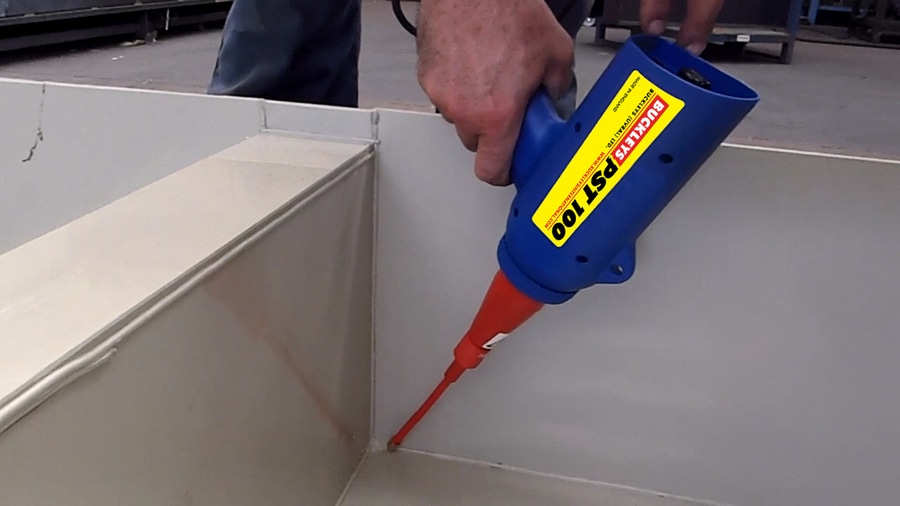
#Product Trends
Why is testing the integrity of butt-welded and overlap joints so crucial?
The top 5 reasons are in....
The top 5 reasons why testing the integrity of butt-welded and overlap joints in industries such as plastics and rubber, petrochemical, geomembrane and pipeline construction is so crucial:
1. Safety: Many of these industries deal with hazardous materials like chemicals, gases, and liquids. A faulty joint could lead to leaks, spills, or even explosions, posing a significant safety risk to workers, the environment, and nearby communities. While specific statistics for joint integrity testing in the plastics and rubber industry may not be as widely available, industry experts emphasize the importance of proper joint testing to prevent leaks and ensure the longevity of containers and equipment used to store and transport chemicals and other substances.
2. Environmental Impact: Leaks from welded joints can result in the release of harmful substances into the environment, leading to pollution of soil, water, and air. This can have long-lasting ecological consequences.
3. Operational Reliability: In industries like petrochemicals and pipelines, uninterrupted operations are essential. A joint failure can disrupt production and transportation, leading to downtime, revenue loss, and potential damage to equipment. No-destructive testing (NDT) can identify internal defects and weaknesses without causing damage to the tested components. These methods have been widely adopted to ensure joint integrity.
4. Preventing Catastrophic Failures: In pipelines, for example, a pinhole/fault can result in catastrophic consequences, such as major spills, fires, or explosions. Regular testing helps identify potential weaknesses before they escalate into such disasters.
5. Regulatory Compliance: Industries that deal with hazardous materials are often subject to strict regulatory standards and codes.
To address these concerns, various testing methods are employed, such as non-destructive testing (e.g., ultrasonic testing, radiography), destructive testing (e.g., tensile testing, bend testing), and visual inspections.
Using an AC spark tester for non-destructive testing (NDT) is a technique commonly employed to assess the integrity of insulating materials. The AC spark tester operates by subjecting the material to high-voltage, low-current electrical discharges.
The Buckleys PST-100 AC Spark Tester has been trusted by the industry for decades for providing a quick and cost-effective method of inspecting thick coatings and linings of between 3mm and 30mm.






